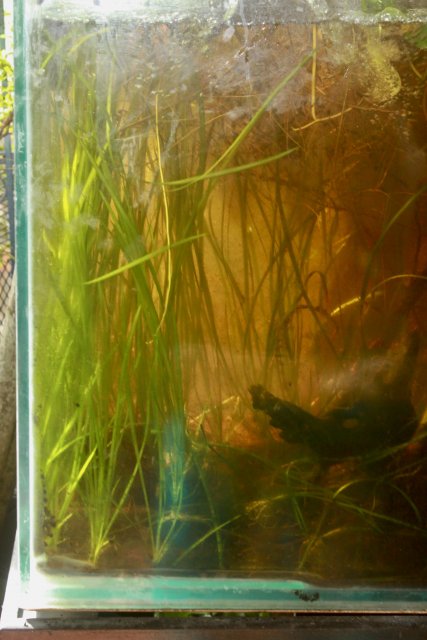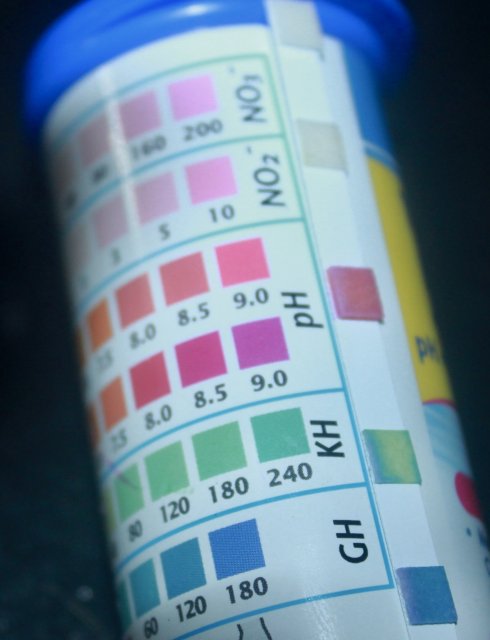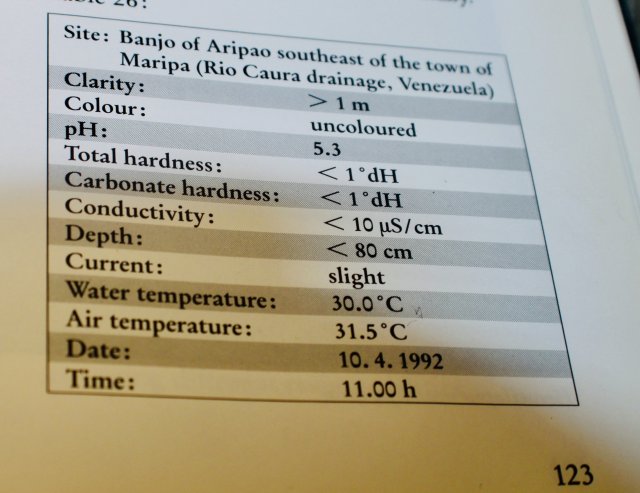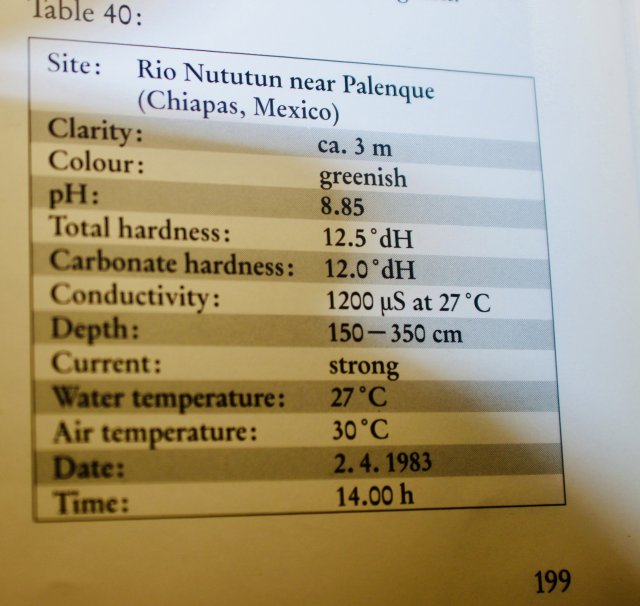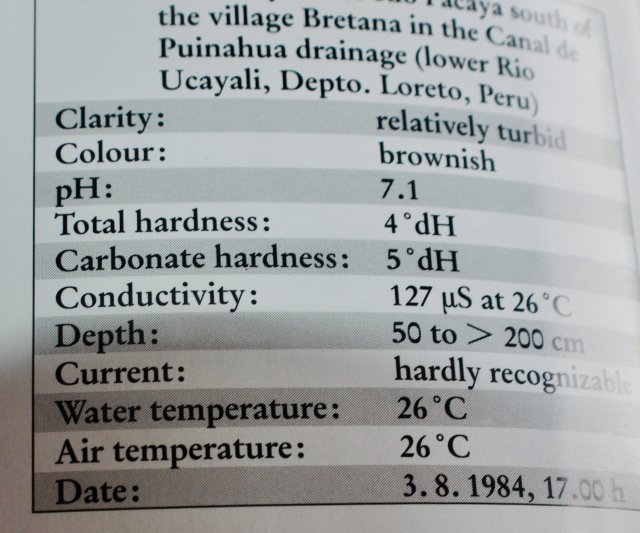I have got a lot of free almond leaves ? for aquarium. I used 10 leaves for my 32 gallon and now the water is brown and I don’t have a ph tester but I read on internet that these leaves lower ph and May shock the fishes. Is that true?
How to I make sure that ph doesn’t get too low with these leaves and if I do a 50% water change will it give ph shock to my fishes?
I have guppies, bristlenoses, Congo spotted puffers and amazon puffers in the tank.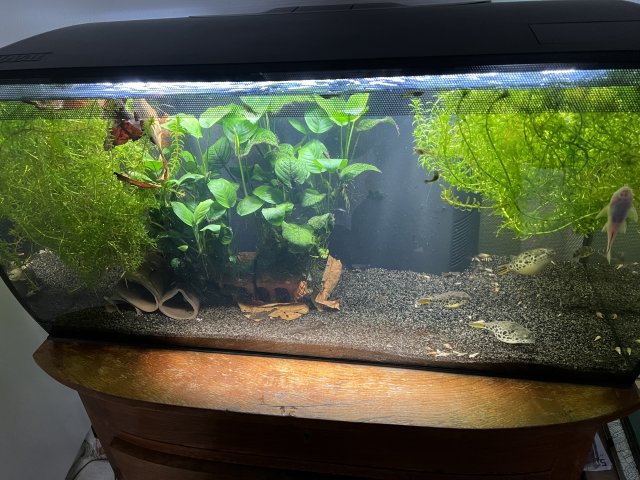
How to I make sure that ph doesn’t get too low with these leaves and if I do a 50% water change will it give ph shock to my fishes?
I have guppies, bristlenoses, Congo spotted puffers and amazon puffers in the tank.




